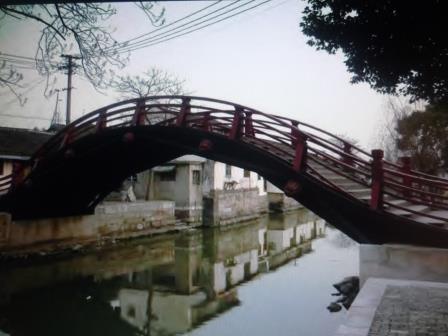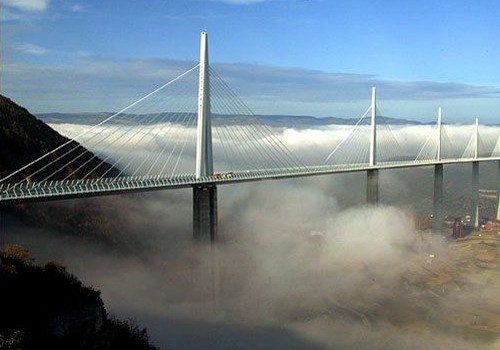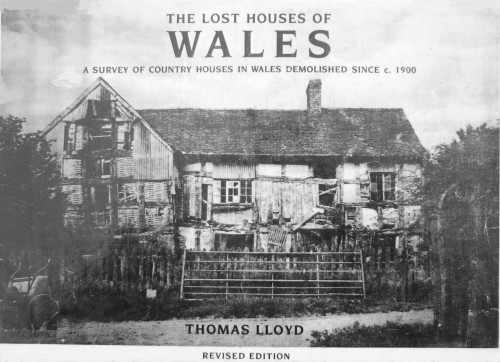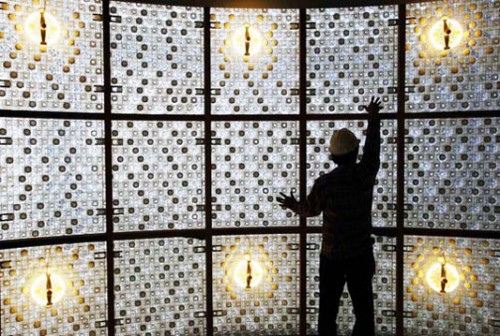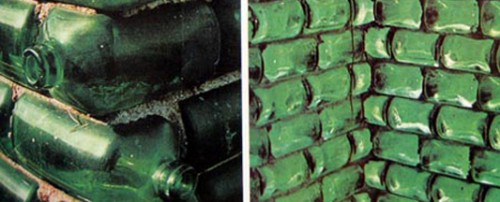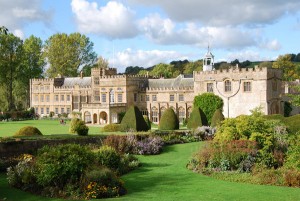Back when plans were submitted for a building to commemorate the Millennium, which of course materialized as the Millennium Dome, I thought a full sized replica of Crystal Palace would be ideal. This story caught my attention:
“Plans for a replica of the original Crystal Palace are being worked on by architects and developers. The original building was built by Sir Joseph Paxton in Hyde Park for the Great Exhibition of 1851, 160 years ago.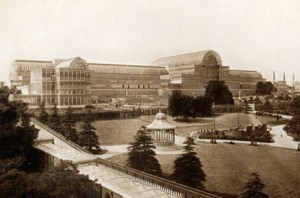
After being moved to a location in Sydenham, now known as Crystal Palace Park, it was destroyed by fire in 1936. The plans for a new building, estimated to cost £220million, incorporate galleries, a snow slope, music auditorium, leisure facilities and a hotel.
They have been drawn up by the New Crystal Palace company, a consortium of local businessmen. It expects to submit the plans to Bromley council “in the next six to eight months”. Company spokesman Patrick Goff said: “We want to put the Crystal Palace back and give the park a heart again. Our plan could be entirely funded through the commercial elements, with no money needed from the public purse.”
However, a rival scheme for the park has been put forward by the Mayor’s London Development Agency. It is proposing the construction of 180 private houses in the park, despite local objections. The new homes would be built on the site of a caravan park. The £67.5million scheme also includes student accommodation, landscaping and various improvements to the park itself as well as a new regional sports centre that includes an indoor swimming pool. Plans were approved after Public Inquiry in December 2010..
Continue reading Will Crystal Palace rise again?

